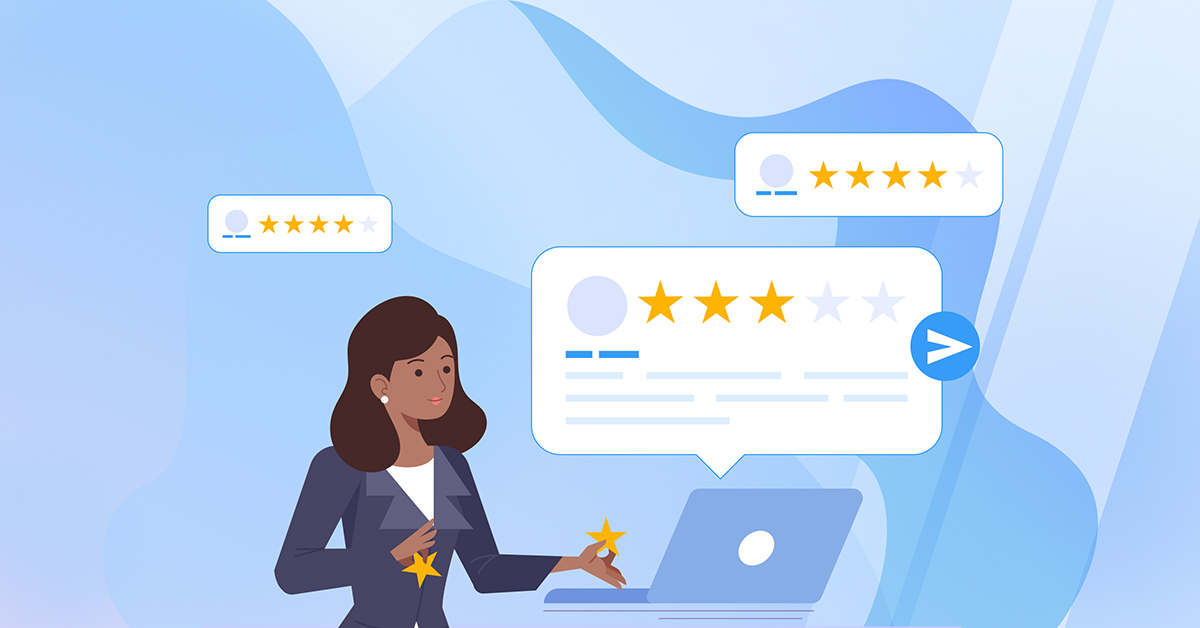If you’ve never thought about creating a customer experience strategy, it’s time to start.
The latest digital marketing trends report by Econsultancy and Adobe found that the majority of businesses identified customer experience as the single most exciting opportunity over the last year.
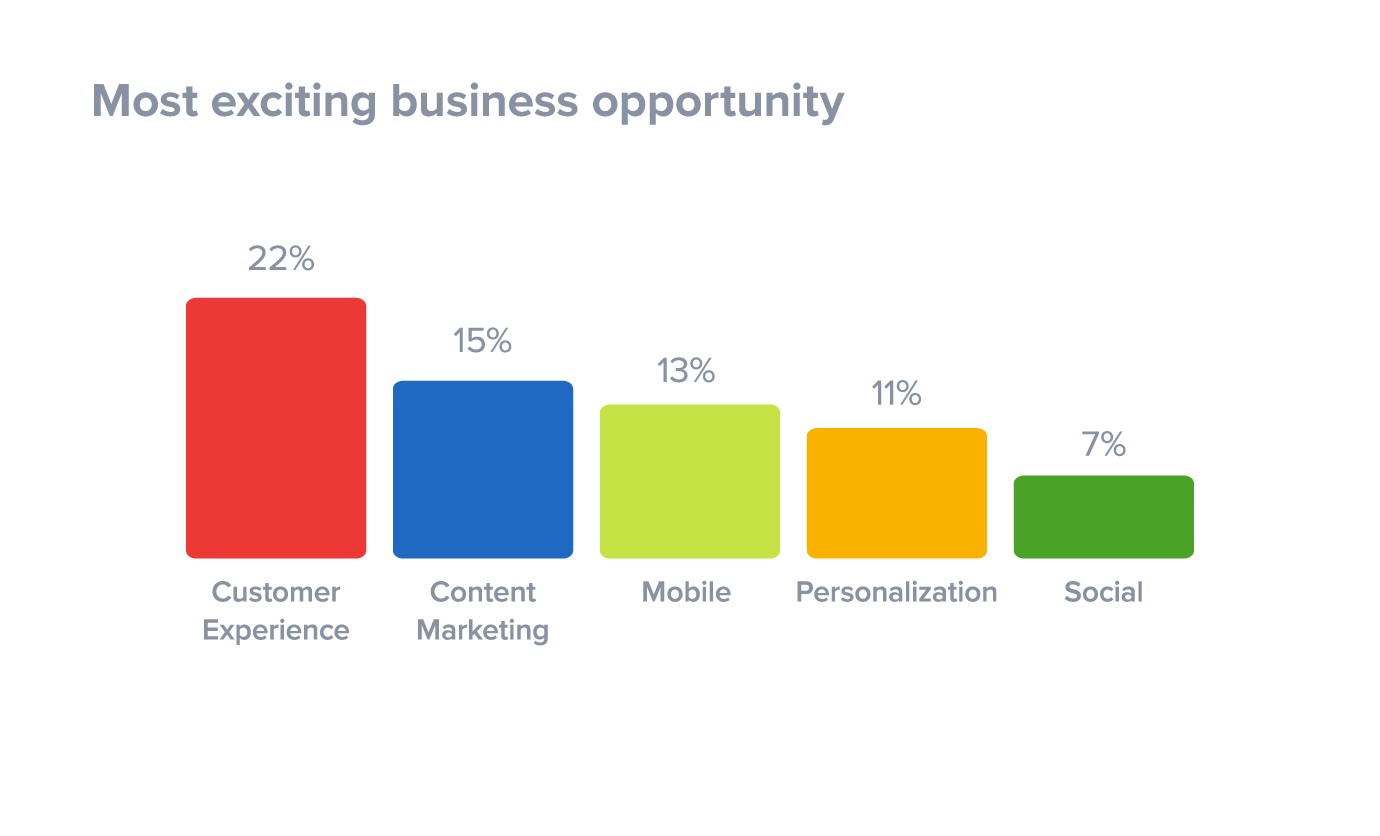
Customer obsession is the latest craze in the business world, with companies realizing that the people who buy from them are their most important asset.
And, let’s face it, you want to treat your most important asset how they deserve to be treated.
Take a look at Amazon. Back in the day, the mega-platform was simply an online bookseller. Today, it is the biggest eCommerce site in the world, with people logging in to buy everything from furniture and clothes to experiences and afro wigs for dogs.
But how did it get so big?
Amazon’s number one leadership principle is customer obsession. On their job’s page, customer obsession takes top ranking:
“Leaders start with the customer and work backwards. They work vigorously to earn and keep customer trust. Although leaders pay attention to competitors, they obsess over customers.”
Without customers, businesses don’t last long.
Why a Customer Experience Strategy is Your Golden Ticket to Success
Returning customers spend between 60-70% more than new customers. Let that sink in for a moment.
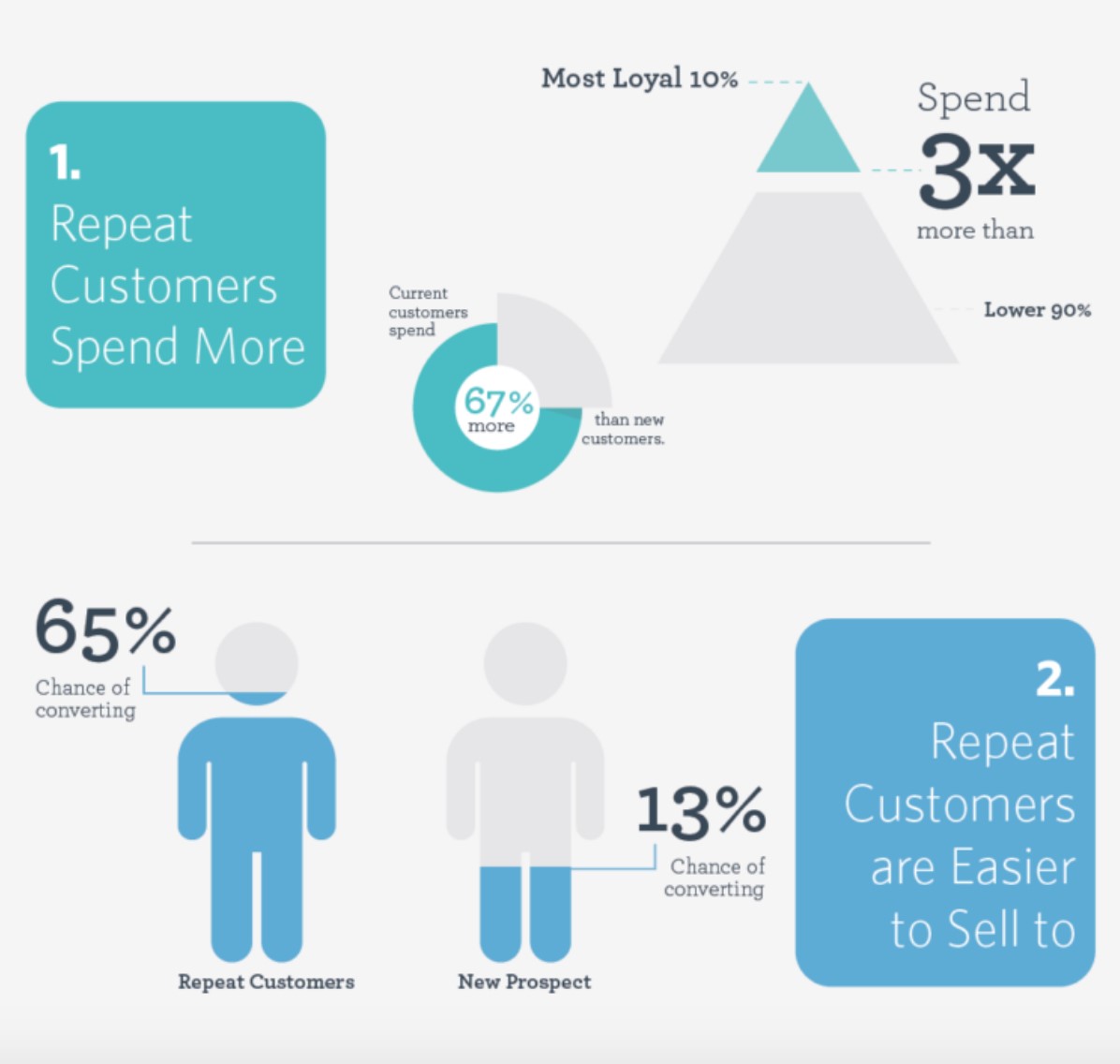
Customers that keep coming back for more are the people that will keep your business thriving. Rather than exerting all your effort on attracting new business, you can spend time nurturing relationships with customers you already have and reap the benefits quicker.
This is where your customer experience strategy comes in.
Businesses that implement a rock-solid customer experience strategy regularly see sky-high customer satisfaction rates and more revenue.
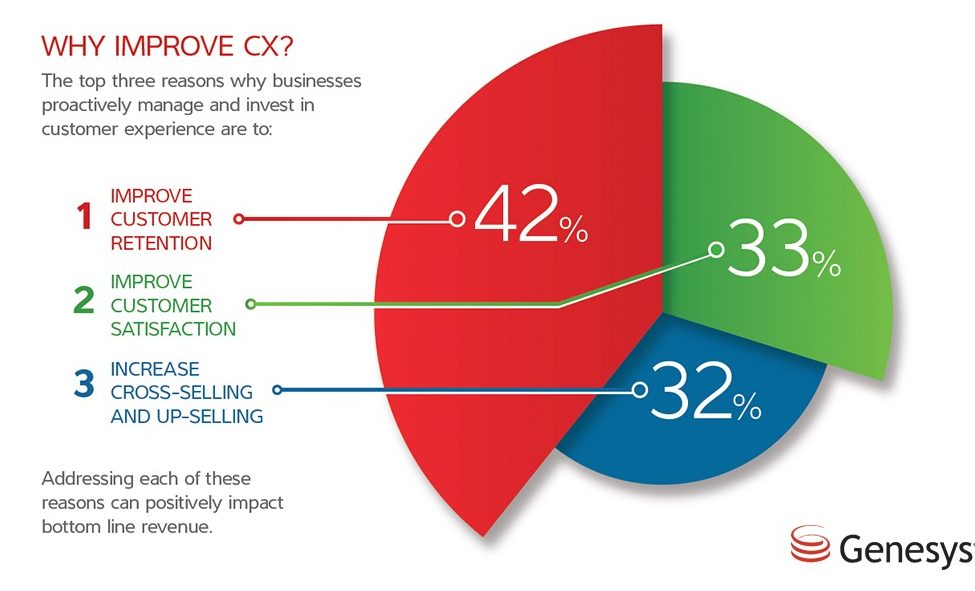
And, from the other side of the coin, American Express discovered that 60% of customers are willing to shell out more for a more enjoyable experience.
They key to reducing customer churn and reeling buyers back in time and time again is to tap into something innately human: emotions.
According to the Journal of Consumer Research, over 50% of an experience is based purely on emotion. This refers to how a customer feels when they land on your website or come into your store and buy something.
Let’s dig into how you can inject emotion into your customer experience strategy to build an incredibly loyal fan base.
Your 6-Step Guide to Creating a Customer Experience Strategy
1. Know Your Customer
Before you do anything, you need to know who you’re doing it for.
Learning all about the type of people that buy from you can help you optimise various parts of your business, but it is also the crux of creating your customer experience strategy.
You’ve probably heard the term “customer persona” thrown around before, and for good reason. But really digging into the kind of person you want to attract and sell to is more than just deciding that you want to target millenials who live in London.
At this stage of strategy planning, it’s time to delve deeper. Ask yourself:
- What are your target customer’s biggest fears?
- What are your target customer’s biggest dreams and challenges?
- How does your target customer like to spend their day?
- What does your target customer want their life to look like?
These types of questions will help you tap into the emotional side of the customer experience by addressing buyers’ biggest concerns, challenges, and fears. This means you can build a sense of trust which strengthens loyalty and nurtures ongoing relationships.
2. Set Goals and Objectives
No strategy is complete without an end goal.
Think about what your aim is with your customer experience strategy:
Is it to build a loyal fan base of X amount of people, or is to turn your customers into advocates that essentially market your business for you?
Once you know what your end goal is with your strategy, you can work backwards to figure out how to get your customers there.
Again, you want to be specific here. Use numbers or percentage increases to mark the kind of revenue you want to see, or draft up the kind of reviews you want your business to be getting.
Monitor, manage, and get more online reviews for your business with ReviewsOnMyWebsite.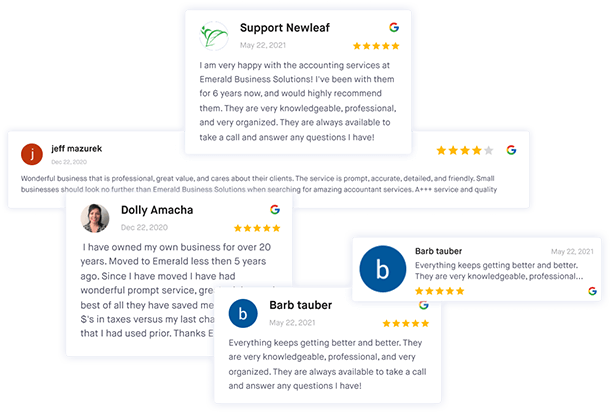
Manage online reviews with ease
3. Get Your Employees Involved
We’ve got technology coming out of our ears these days, but customer experience starts with human-to-human contact.
Your employees are the people who come face-to-face (or keyboard-to-keyboard) with your customers, so including them in your customer experience strategy can be the missing link between success and failure.
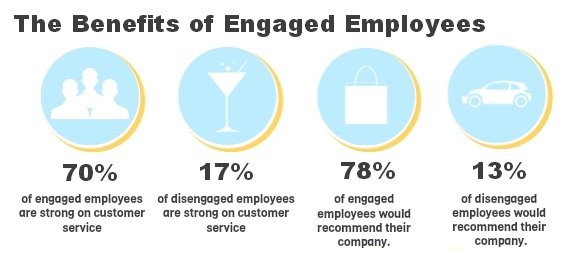
It’s common sense: without employees, you can’t offer any kind of customer experience, let alone a good one.
But it goes deeper than that. More and more research is emerging that shows that an engaged workforce is the key to improving your customer experience.
Think about it:
If your employees don’t enjoy what they do and aren’t actively engaged in their work, they won’t be able to transfer their joy at working for you onto your customers.
Here’s how you can get your employees involved:
- Share your customer experience strategy with them
- Provide training and development on improving customer experience
- Ask for employee feedback and listen to it
4. Create a Customer Journey Map
A customer journey map does exactly what it says on the tin. It maps the route your customer will take from finding out about you to the moment they buy from you and beyond.
This helps you visualize the next steps your customer will take and how you can help them make the transition from one stage to the next as smoothly as possible.
On the map you want to highlight things like:
- Customer needs and pain points
- Opportunities that your customer has with your business
- The different interaction points they can have with you (e.g. social media, chatbot on your website, and email marketing campaigns)
This all comes together to create a comprehensive journey, where each step is triggered by the last.
5. Capture Customer Feedback
Learning how your customers feel about your business is one of the easiest ways to discover more about them and figure out how to improve their experience.
Feedback can come in many different forms. You might decide on a pop-up that appears after the customer has clicked that all-important “buy” button, you might decide to send a series of follow-up emails with a review request in.
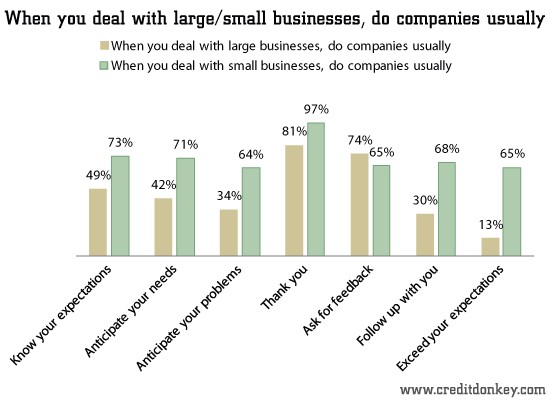
Research by CreditDonkey shows that 74% of big businesses and 65% of small businesses ask their customers for feedback. For those that don’t, they’re missing out on learning what their customers do and don’t like about them.
Once you’ve got your feedback, whether it’s via reviews, a poll, or simply reaching out in person, you can use that to drive future efforts.
Monitor, manage, and get more online reviews for your business with ReviewsOnMyWebsite.
Manage online reviews with ease
6. Optimize the Experience
At this point, you know who your customers are, you know the journey they’re taking to purchase, and you’ve reached out for feedback.
Now it’s time to tweak your customer experience strategy so it keeps on getting better. This will come with time as you carry out more training and development for your employees and get more feedback from your customers about what’s working and what’s not.
With every new insight you get, you have the power to adjust the customer experience to reflect it.
It might seem like an overwhelming task trying to get your head around creating an awesome customer experience strategy that keeps people coming back for more, but the key is to do it little by little.
Firstly, get your head around who you’re targeting. From there, you can figure out what emotions to tap into and the most common journey customers are likely to take through your business.
Remember: your customers are the most important part of your business. And, by 2020, it’s thought that customer experience will stand out as the key brand differentiator - so it’s time to start working on that strategy right away.

